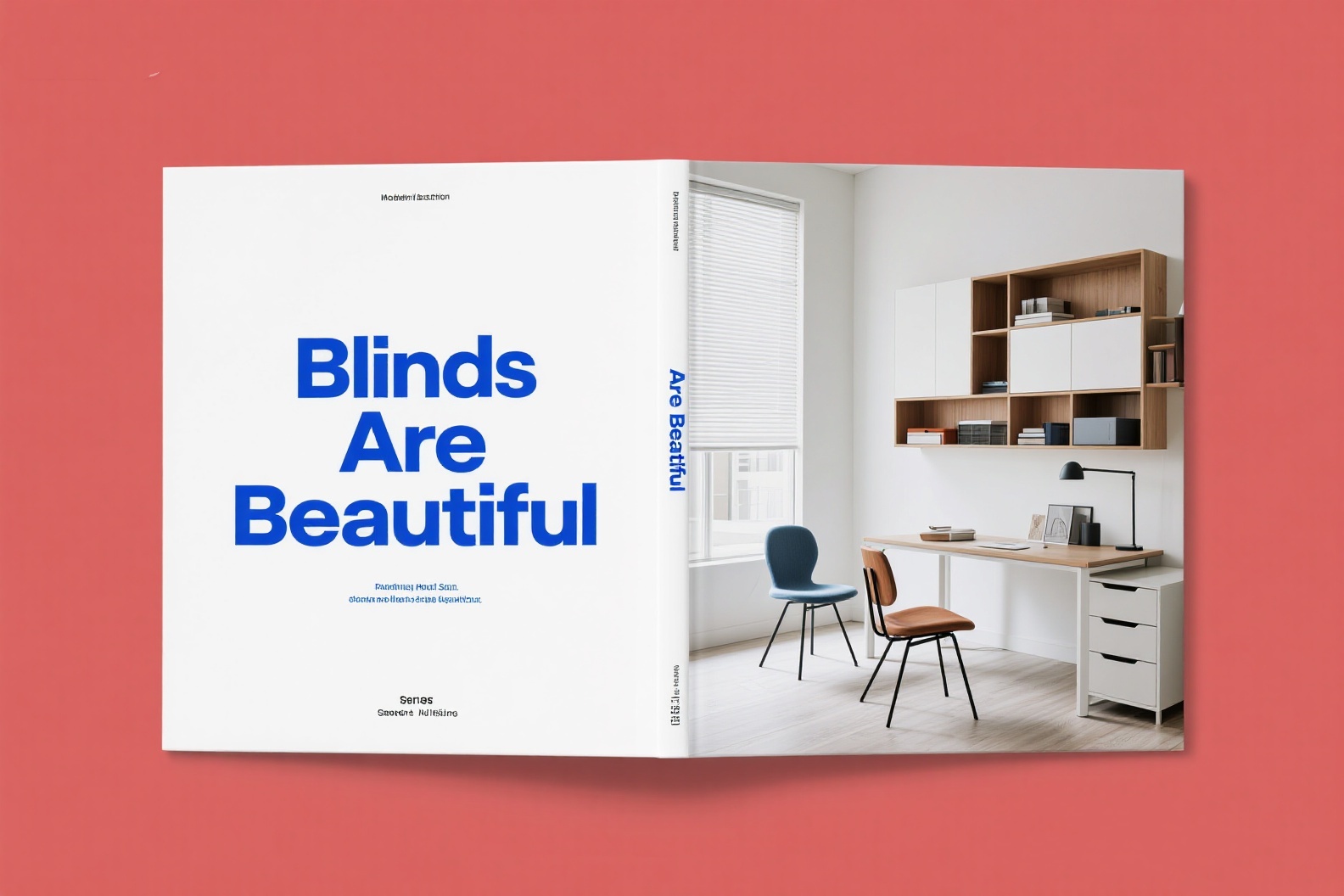Why Everyone’s Obsessed With Blinds
Let’s be honest.
Blinds are lighter than heavy drapes. They look expensive. They don’t eat up floor space.
Perfect for small apartments where every inch counts.
You can control light levels like a dimmer switch. Adjust the temperature. Keep heat in during winter, block it out in summer.
Better insulation. Better soundproofing. More functions than regular curtains could ever dream of.
And those light patterns they create? Instagram gold.
Why You’re Still Not Installing Them
Two words: Price and maintenance.
Good blinds cost serious money. Not “I’ll just grab whatever’s on sale” money.
And cleaning them? Soul-destroying work. If you can’t be bothered to vacuum regularly, imagine dealing with dozens of tiny slats.
These two dealbreakers stop most people cold.
We’re all broke and lazy. That’s just facts.
The only way blinds work is if someone else pays for them AND cleans them. Then maybe we’d consider it.
(Unless you have a whole-house air filtration system. Then dust isn’t your enemy anymore.)
The Real Solution: Pick Your Battles
Here’s what actually works.
For small spaces: Install blinds only where they make the biggest impact. One statement window. Not every window in the house.
For budget concerns: Skip the custom motorized options. Go with quality manual blinds in high-traffic areas. Living room and bedroom first. Bathroom second. Skip the closet windows.
For cleaning anxiety: Choose materials that repel dust. Aluminum or vinyl over fabric. Smooth surfaces over textured ones.
Set a monthly reminder. Clean them once. It takes 15 minutes with the right tools.
Stop overthinking it.
Real Homes, Real Results
Living rooms with floor-to-ceiling blinds look incredible. Natural light becomes architecture.
Small entryway windows with white blinds? Clean lines. No visual clutter.
Bedrooms with wood-tone blinds create vintage vibes when the sun hits right. But this only works if you actually get good natural light.
Bathrooms need privacy without feeling like a cave. Blinds solve both problems. You can shower without worry.
Kitchens with blinds above the sink? Practical and pretty. Grease wipes off easier than fabric curtains.
Where Blinds Actually Make Sense
After seeing dozens of installations, here’s the truth.
Blinds work everywhere. Bathrooms, kitchens, living rooms, bedrooms, entryways.
Most blinds today are water-resistant and oil-resistant. Don’t stress about moisture or cooking grease.
Budget strategy: Start small. One window. See how you like living with them.
Small windows cost less. Easier to clean. Less commitment if you hate them.
High budget strategy: Go big or go home. Full wall of blinds. Chase those dramatic light effects.
If this is your aesthetic, the cost is worth it. Your space, your rules.
Types of Blinds You Should Know
Stop getting confused by sales pitches. Here’s what actually exists.
Horizontal Blinds
Twist the rod to adjust light. Pull the cord to raise or lower.
Standard. Simple. Gets the job done.
Pleated Shades
Pull the cord. The fabric folds up. Stops wherever you want.
Softer look than hard slats.
Roller Blinds
Roll up, roll down. Available in chain pull, spring-loaded, or motorized.
Different fabrics do different things. Blackout, light filtering, or sheer.
Popular because they’re straightforward.
Vertical Blinds
Better for massive windows or sliding doors. The slats stack to one side like a sliding door.
Works for spaces where horizontal doesn’t make sense.
Sliding Panel Blinds
Heavy-duty installation. Slats are fixed to the frame. Slides like a pocket door.
Can work as room dividers. Lets air through while blocking sightlines.
Material Matters
Aluminum is cheap and practical. Easy to clean. Works in humid spaces.
PVC is even cheaper. Fine for rentals or temporary setups.
Wood looks premium but needs more care. Don’t use in bathrooms unless you like warped slats.
Fabric adds softness but collects dust faster.
Actually Cleaning Your Blinds
Stop making this harder than it needs to be.
Prevention method: Spray wood polish or silicone spray on clean blinds. Creates a protective barrier. Dust slides off instead of sticking.
Repeat every few months.
Weekly maintenance: Use a microfiber cloth or duster. Quick wipe-down takes five minutes.
Deep cleaning: Get a blind cleaning brush from Amazon. Three prongs that clean multiple slats at once.
Or use your vacuum with the brush attachment.
The nuclear option: Take them down once a year. Spray with all-purpose cleaner in the bathtub. Rinse. Dry. Rehang.
Only for blinds that actually need it.
The Compromise: Roman Shades
Can’t decide? There’s a middle ground.
Roman shades fold up neatly. No individual slats to clean. Still looks crisp and modern.
Hotels and vacation rentals use these for a reason. Professional look without the fuss.
Great for small windows in kitchens and bathrooms.
Linen roman shades in bedrooms or on window seats feel relaxed. Soften harsh sunlight without blackout-level darkness.
Privacy without prison vibes.
Bottom Line
Stop overthinking window treatments.
Like blinds? Install them where they matter most.
Worried about cleaning? Start with one window. See if it’s actually that bad. (Spoiler: It’s not.)
Can’t afford custom blinds? Buy quality ready-made sizes. They exist.
Still unsure? Roman shades work fine.
The real secret is this: You learn by doing. Not by reading articles and spiraling.
Pick something. Install it. Live with it for a month.
If you hate it, you’ll know exactly what to change next time.
That’s way more valuable than perfect decisions based on internet research.
What’s Your Take?
How do you handle window coverings?
Are blinds worth the investment in your experience?
What problems have you actually run into?
Let’s talk about real solutions instead of marketing hype.

发表回复